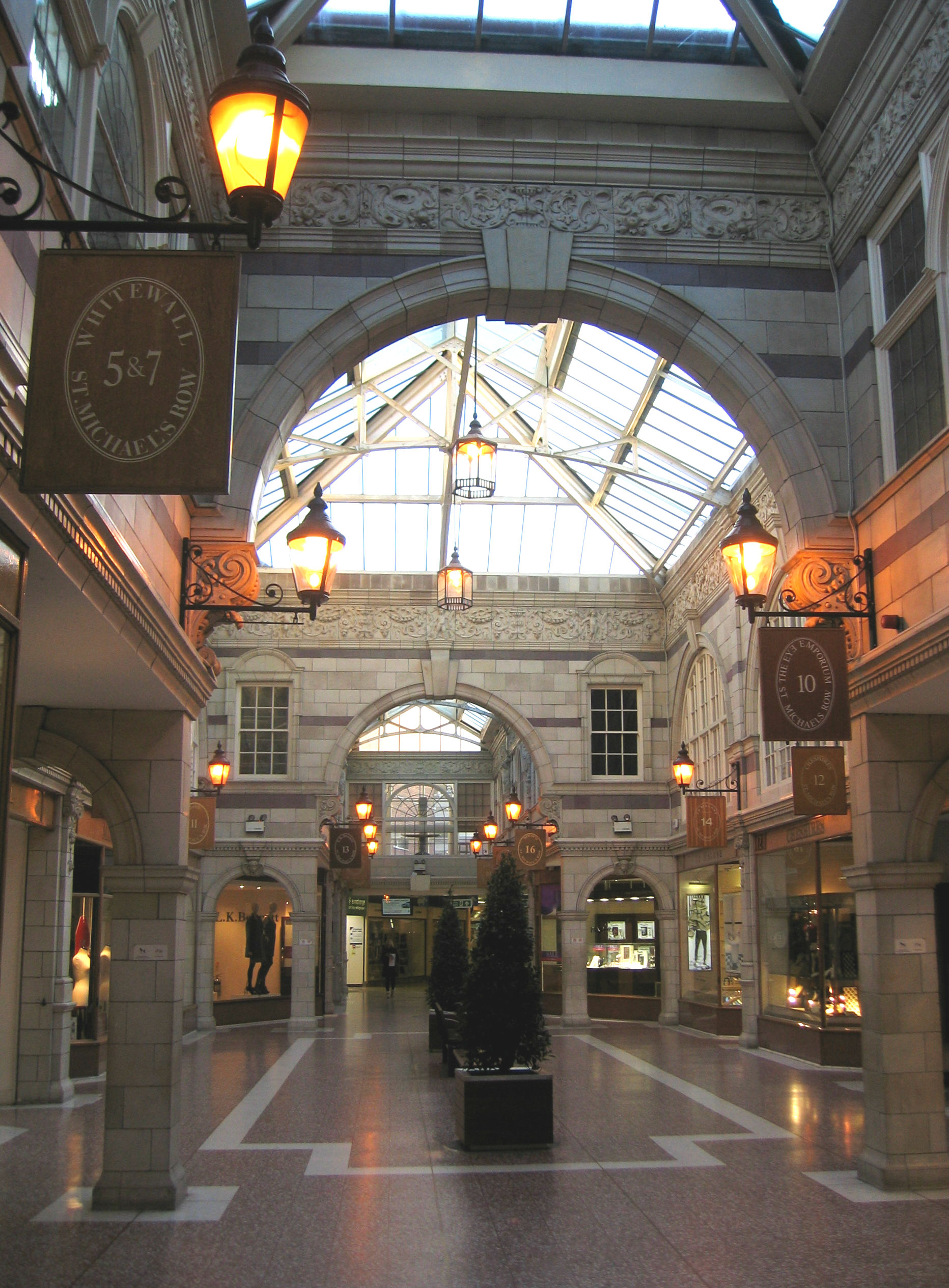St Michael's Buildings, Chester on:
[Wikipedia]
[Google]
[Amazon]
 St Michael's Buildings are on the east side of Bridge Street,
St Michael's Buildings are on the east side of Bridge Street,

 St Michael's Buildings are on the east side of Bridge Street,
St Michael's Buildings are on the east side of Bridge Street, Chester
Chester is a cathedral city and the county town of Cheshire, England. It is located on the River Dee, close to the English–Welsh border. With a population of 79,645 in 2011,"2011 Census results: People and Population Profile: Chester Loca ...
, Cheshire
Cheshire ( ) is a ceremonial and historic county in North West England, bordered by Wales to the west, Merseyside and Greater Manchester to the north, Derbyshire to the east, and Staffordshire and Shropshire to the south. Cheshire's county t ...
, England. They contain a section of Chester Rows
Chester Rows are a set of structures in each of the four main streets of Chester, in the United Kingdom, consisting of a series of covered walkways on the first floor behind which are entrances to shops and other premises. At street level is ...
, with shops at street level and along the Rows, and an arcade of shops stretching behind these to link with the Grosvenor Shopping Centre
The Grosvenor Shopping Centre (for a time known as ''The Mall Grosvenor'' or ''The Mall Chester'') is a large shopping precinct in Chester, England. It hosts around 70 stores.
Whereas most of the central shopping area of Chester consists of his ...
. The whole structure is recorded in the National Heritage List for England as a designated Grade II* listed building.
History
The buildings were first completed in 1910 for the 2nd Duke of Westminster. They were designed by W. T. Lockwood. In the initial design, the Bridge Street façade was faced with cream and gold ceramic tiles ( faience), withBaroque
The Baroque (, ; ) is a style of architecture, music, dance, painting, sculpture, poetry, and other arts that flourished in Europe from the early 17th century until the 1750s. In the territories of the Spanish and Portuguese empires including t ...
decoration. However, there was strong public opposition to the design because it was too much of a contrast from the Black-and-white Revival
The Black-and-white Revival was an architectural movement from the middle of the 19th century that re-used the vernacular elements of the past, using timber framing. The wooden framing is painted black and the panels between the frames are p ...
buildings that had been recently erected in the city. Following a petition from Chester City Council, and the Bishop of Chester, the duke was persuaded to remove the façade, and to replace it with timber framing. The entrance from Bridge Street was modified in 2000 when the steps were replaced.

Architecture
The structure probably has a steel frame. The Bridge Street façade is mainly timber framed, with plaster panels, and some brick and faience decoration. It is roofed in greenWestmorland
Westmorland (, formerly also spelt ''Westmoreland'';R. Wilkinson The British Isles, Sheet The British IslesVision of Britain/ref> is a historic county in North West England spanning the southern Lake District and the northern Dales. It had an ...
slate
Slate is a fine-grained, foliated, homogeneous metamorphic rock derived from an original shale-type sedimentary rock composed of clay or volcanic ash through low-grade regional metamorphism. It is the finest grained foliated metamorphic rock. ...
. It is in five storeys, with five gables, and is expressed in an E-plan with three projecting bays
A bay is a recessed, coastal body of water that directly connects to a larger main body of water, such as an ocean, a lake, or another bay. A large bay is usually called a gulf, sea, sound, or bight. A cove is a small, circular bay with a narr ...
. There are two shops at street level, two more at row level, and a further 20 in the arcade, most of which have modern fronts. The interior of the arcade is faced with faience.
See also
* Grade II* listed buildings in Cheshire West and ChesterReferences
{{DEFAULTSORT:Saint Michael's Buildings Grade II* listed buildings in Chester Buildings and structures completed in 1910 Shops in Chester Timber framed buildings in Cheshire Grade II* listed retail buildings